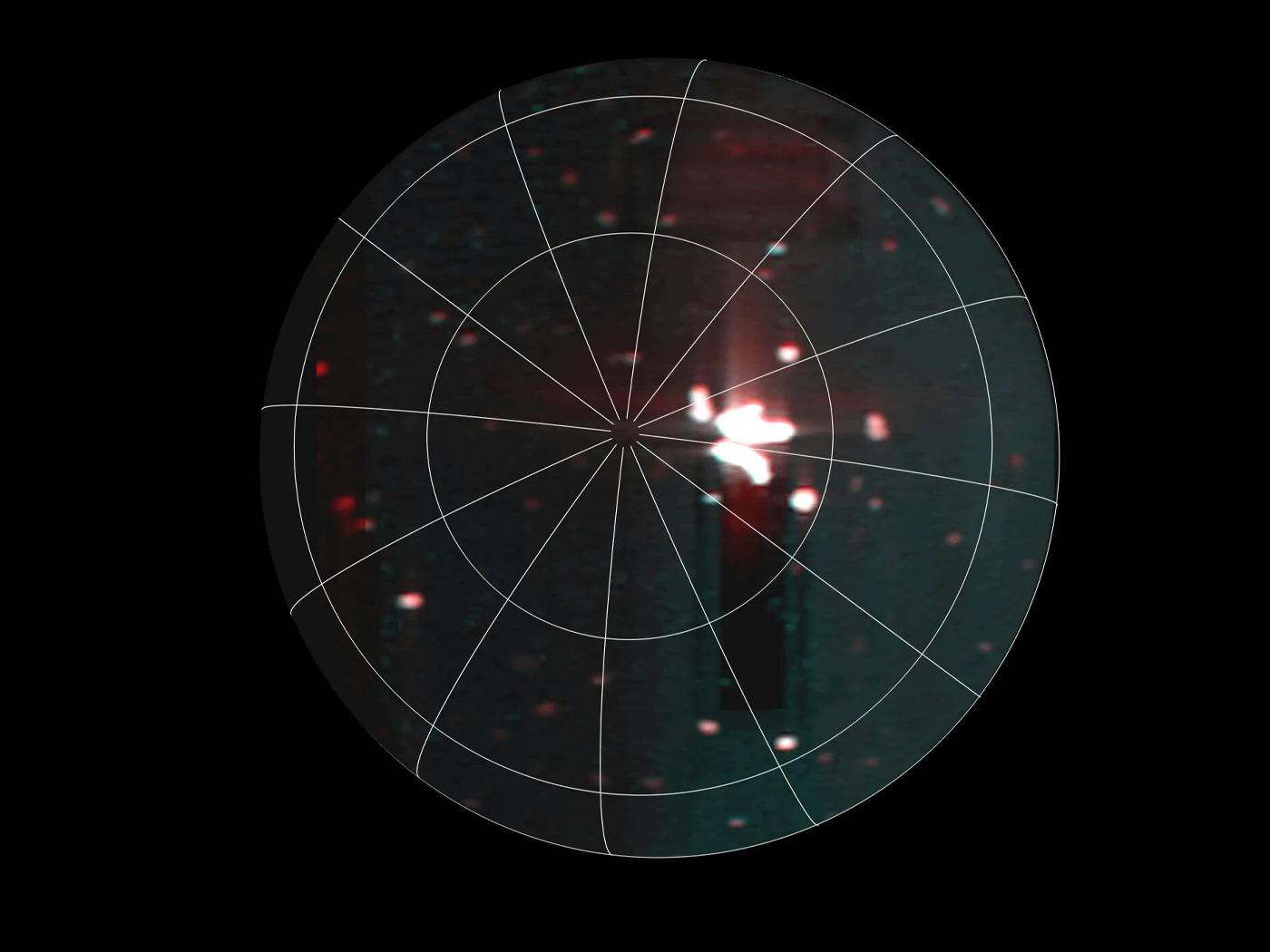In 2021, paleontologist Michael Caldwell of the University of Alberta in Canada stated, “There are many evolutionary questions that could be answered by finding a four-legged snake fossil, but only if it is the real deal.”1
Caldwell said this in regard to an alleged snake fossil (Tetrapodophis amplectus) with four small legs discovered in 2015 that astonished the evolutionary community.2 The unearthing of the complete skeleton was made in Brazil, dated by evolutionists to be 110 million years old (Cretaceous system).
But Caldwell went on to say,
Dolichosaurs were small, slender, aquatic varanoids (marine lizards with limbs).
In 2015, ICR addressed this alleged snake with legs announcement, saying:
Indeed, now they have even less of an idea. The evolutionary community itself put to rest this missing link story in a 2016 Society of Vertebrate Paleontology publication.4 In addition,
The question arises: Why weren’t these obvious features identified and addressed in 2015? Could it be evolutionists were wanting to see a missing link?
After all, this has happened countless times. For example, news splashed in the spring of 2009 that declared fossil Ida to be a new missing link between humans and primates.5 Then news came in the fall of that same year that Ida was no missing link after all.6
We already documented dozens of proposed missing links that suffer from evolutionary detractors.7 This fossil marine reptile just adds to the list.
Here’s the point. When we read sensational science headlines regarding missing link discoveries we should be extremely skeptical, being confident that—in time—research will show otherwise. Such announcements are contrary to the definitive origins account described in Genesis.
References
1. Starr, M. Famous Discovery of Four-Legged Snake Fossil Turns Out to Have a Twist in The Tale. ScienceAlert. Posted on sciencealert.com November 18, 2021, accessed December 1, 2021.
2. Martill, D. M., H. Tischlinger, N. R. Longrich. 2015. A four-legged snake from the Early Cretaceous of Gondwana. Science. 349 (6246): 416-419.
3. Thomas, B. Snakes with Legs? Creation Science Update. Posted on ICR.org August 2015, 2015, accessed December 1, 2021.
4. Staff Writer. Tetrapodophis is not a snake! The Pterosaur Heresies. Posted on pterosaurheresies.wordpress November 3, 2016, accessed December 1, 2021.
5. Dr. Jørn Hurum, quoted in Randerson, J. Fossil Ida: Extraordinary find is ‘missing link’ in human evolution. The Guardian. Posted on guardian.co.uk May 19, 2009, accessed December 1, 2021.
6. Beard, C. Why Ida fossil is not the missing link. New Scientist. Posted on newscientist.com Mary 21, 2009, accessed December 1, 2021.
7. Morris, J. and F. Sherwin. 2009. The Fossil Record. Dallas, TX: Institute for Creation Research.
Image: Tetrapodophis amplectus
Image Credit: Copyright © Ghedoghedo. Used in accordance with federal copyright (fair use doctrine) law. Usage by ICR does not imply endorsement of copyright holder
*Dr. Sherwin is Research Scientist at the Institute for Creation Research. He earned an M.A. in zoology from the University of Northern Colorado and received an Honorary Doctorate of Science from Pensacola Christian College.











